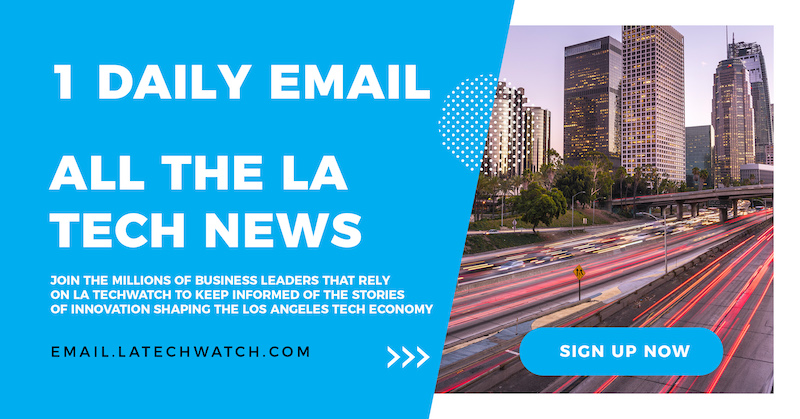The Architecture, Engineering, and Construction (AEC) services industry is responsible for the building and planning of the vast number of commercial and residential construction projects undertaken each year. It’s estimated that the industry’s size is slightly under $9B/year but this industry is the driver of the larger $12T+ in construction projects year. With such a profound impact, one would be surprised to learn that the industry presently relies on a number of disparate, rudimentary tools that place a strain on workflows, ultimately impacting time and cost. Hypar is a design platform that brings automation to the AEC sector. By introducing automation, the platform ensures that each element and the core components for each project are able to be used in a repeatable and scalable manner; currently, every project starts at a blank canvas. Versatile enough to meet the needs of the various stakeholders involved in a project in a cloud-based collaborative and dynamic manner, the design platform allows companies to generate building designs using technology rather than just building individual walls. Hypar is directly integrated with popular tools already being used, allowing teams to take designs from concept to construction, system by system.
LA TechWatch caught up with Hypar Ian Keough to learn more about the business, the company’s strategic plans, latest round of funding, which brings the company’s total funding raised to $8M, and much, much more…
Who were your investors and how much did you raise?
We raised a $5.5M Series A round led by Brick & Mortar Ventures, with participation from Building Ventures.
Tell us about your product or service.
Hypar is a cloud-based design automation platform made for the AEC industry. It enables building teams to rapidly create building design, construction, and product systems across all phases of project realization. Ultimately, we empower teams to make better building decisions, faster and minimize waste.
What inspired the start of Hypar?
 After years of building software in the AEC industry, and after hundreds of conversations with design and construction firms, my cofounder and I recognized a need for access to repeatable, scalable building expertise. Current industry workflows are often strung together between multiple tools that aren’t scalable or accessible – and can only be used on one project, rather than used over and over again – so we decided to build the solution ourselves.
After years of building software in the AEC industry, and after hundreds of conversations with design and construction firms, my cofounder and I recognized a need for access to repeatable, scalable building expertise. Current industry workflows are often strung together between multiple tools that aren’t scalable or accessible – and can only be used on one project, rather than used over and over again – so we decided to build the solution ourselves.
How is it different?
Our platform is different from other solutions on the market because we’re thinking about buildings as systems that interact together and update dynamically together. Hypar is also built on open source and open standards. We want Hypar to be a place where people can build exactly what they need, when they need it, and not get locked into anything.
What market you are targeting and how big is it?
The global construction market is a $12T+ industry.
What’s your business model?
We’re a B2B SaaS company – we generate new business by selling our software. Additionally, we’ve signed on resellers to build and sell solutions on top of the Hypar platform.
How are you preparing for a potential economic slowdown?
Automation solutions like Hypar thrive when companies try to do more with less.

What was the funding process like?
We spent more than six months and talked with dozens of VCs. We began with a broad pitch about how the Hypar platform was going to revolutionize our $12T industry, and refined it over time to speak more directly to specific opportunities like the >$300b building products market where everything is still configured using Excel and PDFs. The more targeted pitch landed with VCs, especially those who were relatively new to the AEC space.
What are the biggest challenges that you faced while raising capital?
Many investors are just waking up to the potential of investing in our industry. They’re still learning about the value chain from design to construction and where the biggest opportunities are from a venture capital standpoint. We sometimes found ourselves educating investors about the sector before then pitching them something transformational for the sector.

What factors about your business led your investors to write the check? Anthony, Matt, and I all have deep experience delivering software in AEC. That experience, coupled with a vision of where the industry was going, and the argument that there was no software there to support that future, was what drove the decision to invest.
What are the milestones you plan to achieve in the next six months?
We’d like to achieve our revenue goals and have a growing number of partner developers building amazing solutions on Hypar, as well as customers who rely on each others’ automated solutions mediated through Hypar.
What advice can you offer companies in Los Angeles that do not have a fresh injection of capital in the bank?
It’s a tough time to raise. Not because there isn’t capital being deployed, but because investors have started to ask, “how are you going to become profitable?” You have to prove that profitability is on the horizon and that investment is an accelerant, not a lifeline.
Where do you see the company going now over the near term?
Hypar is turning building expertise into products. It’s going to change the model how services are delivered and how products are sold in AEC. Starting to connect contractors, building product manufacturers, and designers through Hypar is going to be critical to building our flywheel.
What is your favorite restaurant in LA?
Millcross Coffee in Culver City.





